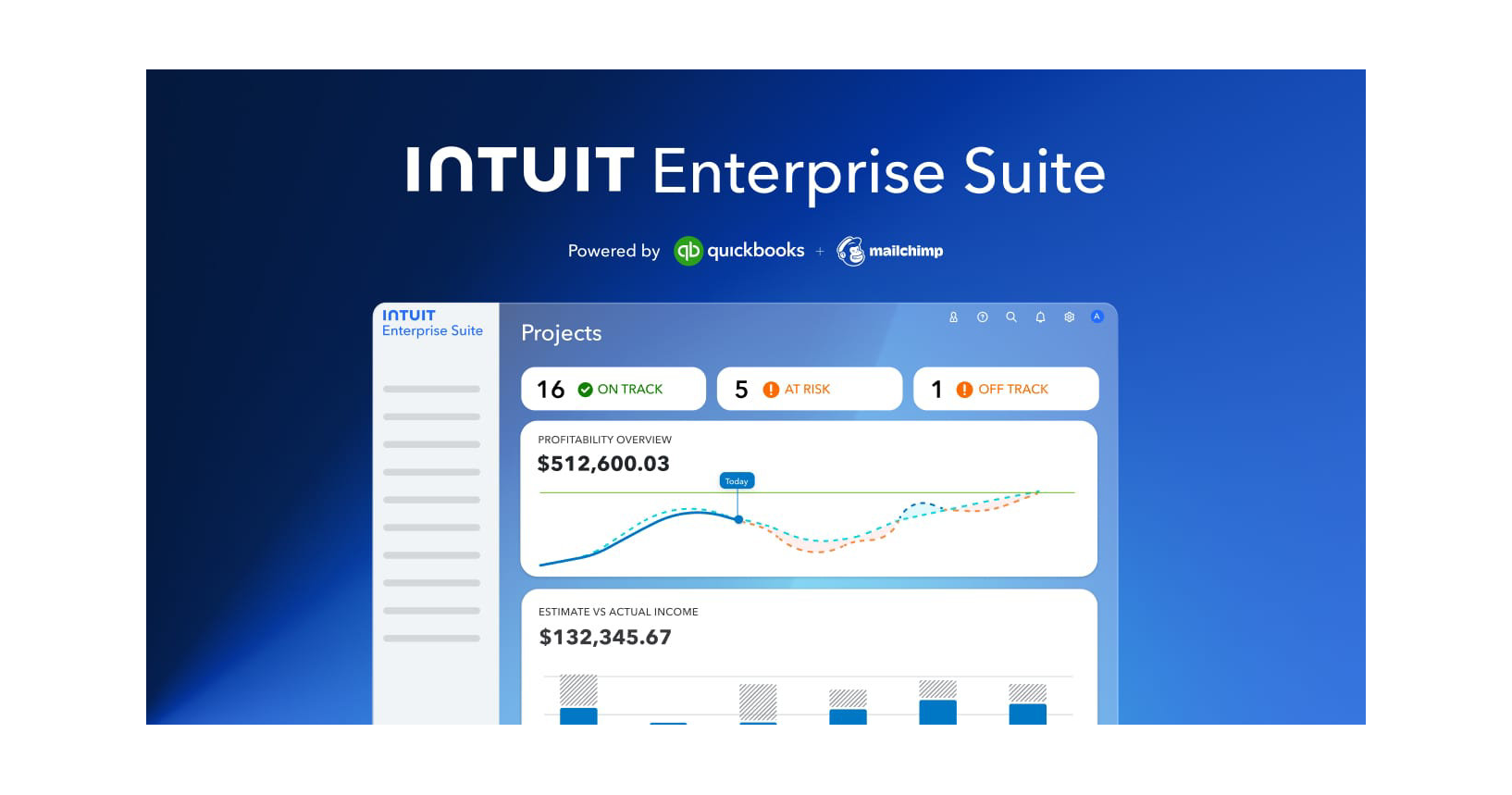The Treasury Inspector General has called the Affordable Care Act the biggest tax act in 20 years. What does the ACA mean to you and your clients?
Health Care Reform Impacts Most Businesses and Individuals
The Affordable Care Act (P.L. 111-148), signed by the President on March 23, 2010, as amended by the Health Care and Education Reconciliation Act of 2010 (P.L. 111-152) and signed by the President on March 30, 2010, implements fundamental health care reforms and requires many of the 32 million uninsured individuals to obtain health care coverage or pay penalties. Most lower-income individuals, along with some middle-class families, will receive government help to pay for health insurance purchased at state Exchanges.
ACA contains more than $400 billion in new taxes and revenue raisers on employers and individuals. Major changes you and your clients can expect include:
- Individuals without health insurance will owe a penalty (tax) starting in 2014;
- Employers with 50 or more full-time employees must offer affordable health insurance to their employees beginning in 2015 or pay a penalty;
- State insurance exchanges will be established to allow clients to shop for insurance;
- Employee Medicare tax increases by 0.9% (total of 2.35%) on annual wages for married couples with an AGI over $250,000 and singles with an AGI over $200,000 starting in 2013;
- A new Medicare tax of 3.8% applies on net investment income for married couples with AGI over $250,000 and singles with AGI over $200,000 starting in 2013;
- Extensive new penalties apply on tax shelters;
- The “haircut” to deduct medical expenses increases from 7.5% to 10% of AGI starting in 2013;
- FSA contributions for medical expenses are limited starting in 2013 to $2,500. and
- Children under age 27 may be insured under their parent’s health insurance policy.
—————
Source: These tips are excerpted with permission from Vern Hoven’s Federal Tax Updates Series.
Thanks for reading CPA Practice Advisor!
Subscribe Already registered? Log In
Need more information? Read the FAQs
Tags: Benefits, Legislation, Small Business, Taxes



